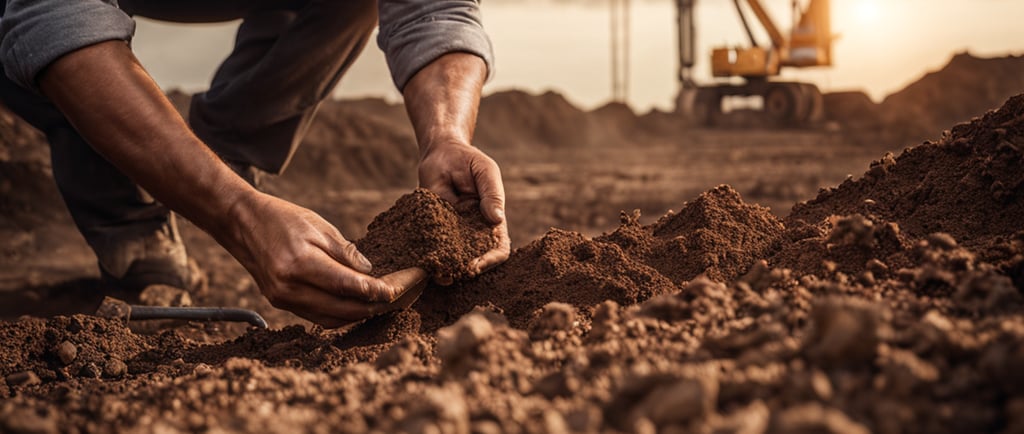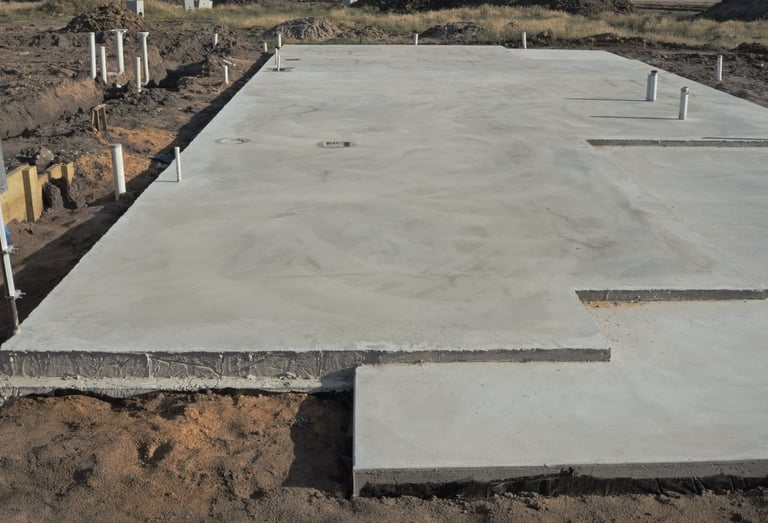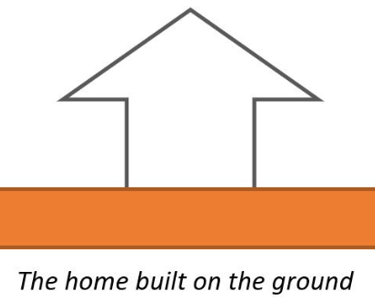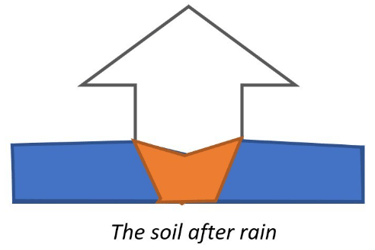Soil Report – What Is It? Common Mistakes to Avoid.
Are you curious about what soil testing or Geotechnical report is and why it's essential for your building project? Wondering how to avoid common mistakes for soil testing? This article answers what soil testing found and some technical information providing valuable insights for homeowners.
11/9/20234 min read


What is Soil Testing?
Soil testing, often referred to as geotechnical soil testing or geotechnical engineering in Melbourne, is a critical process for assessing ground properties. This involves evaluating the strength of the soil and its potential movement due to various factors such as settlement, rainfall, or other foreseeable conditions.
Why is Soil Testing Important?
While walking or running on the ground, we hardly notice minor movements of the soil beneath us. However, the scenario is quite different when it comes to buildings. Homes or buildings are rigid and cannot tolerate significant shifts in the soil movements.
A soil report, therefore, becomes a crucial providing detailed insights into the soil's properties, enabling structural engineers to design the most effective and safe foundation structures for your home.
What’s Analysed in a Soil Report?
There are two aspects engineer want to understand via a soil report.
1. Ground Soil Strength or Bearing Capacity:
The first aspect the report assesses is the ground soil strength, also known as the bearing capacity of the ground.
To understand this better, let's use a day-to-day analogy. Imagine the difference in strength between timber and steel. Just as steel is much stronger than timber, different types of ground soil exhibit varying levels of strength.
Some soils are robust and firm like steel, providing a solid foundation, while others are softer and less stable, akin to timber. The design of a building's foundation on strong soil differs significantly from that on weaker soil.


2. Ground Movement in Various Conditions:
The second crucial aspect is how the ground reacts under different environmental conditions, particularly in terms of movement.
Picture your home situated on a specific type of ground. Following a rainy day, the soil surrounding your home absorbs water and swells.
This expansion is represented by the blue area in a diagram. However, the soil directly beneath your home may not experience the same level of expansion. This discrepancy in soil behaviour can exert varying pressures on your foundation.
For instance, soil that resembles the characteristics of timber would likely undergo less movement post-rain compared to a more absorbent, marshmallow-like soil. Such expansion or contraction of soil can exert forces that push, pull, and twist the foundation, particularly at the edges where moisture conditions are most variable.




The Technical
In Australia, Geotechnical Engineering Report classifies your soil one of the following:
CLASS 'A' - Little or no ground movement
CLASS 'S' - Slightly reactive sites
CLASS 'M' - Moderately reactive sites
CLASS 'H1' - Highly reactive sites
CLASS 'H2' - Very highly reactive sites
CLASS 'E' - Extremely reactive sites
CLASS 'P' - Problem site or sites which cannot be classified as above
The amount of ground movement increases or becomes more unpredictable as your soil classification moves down the chart. This means your structural engineer will have to design a stronger foundation structure to make sure your home will stand the impact of the ground movements.
What’s the Costs in Melbourne
Soil Testing Cost
In Melbourne, the cost of soil testing for a standard home typically ranges from $600 to $900, as of Year 2023. This estimate applies when the testing is conducted at three different locations within a site in Melbourne's metropolitan area.
However, these costs can increase if the engineer needs to travel further or if additional testing locations are required on the site.
Cost Saving - Avoiding Risks of Unknown Soil Conditions
Why is accurate soil testing crucial? Incorrect or incomplete soil condition information can lead to poor design choices. This, in turn, can halt the entire building process, necessitating a redesign of the structure and the acquisition of a new building permit.
Such delays can add significant costs for the property owner – potentially upwards of $3,000 – not to mention the additional expenses involved in redesigning, obtaining new permits, and constructing a more robust foundation.
Avoiding Common Mistakes in Soil Testing in Melbourne
When undertaking soil testing, particularly in the context of Melbourne's diverse soil types, it's crucial to avoid certain common errors to ensure accurate and useful results.
Here are two key mistakes to steer clear of:
1. Testing Too Early:
It's essential not to conduct your soil testing prematurely. Before testing, you should have a clear layout of your house's footprint, as the testing needs to be done where the actual construction will occur. Testing within a meter or two of the planned footprint is generally acceptable. However, conducting tests more than five meters away from the intended construction site can significantly increase the risk of inaccurate data, leading to potential structural issues later.
2. Insufficient Soil Sampling:
A common oversight is not collecting enough soil samples. To obtain a comprehensive understanding of the soil's properties, it's advisable to take at least three different samples from the site. This allows your geotechnical engineer to develop a more detailed and accurate soil profile, which is crucial for designing a foundation that is both safe and suited to the specific conditions of your site in Melbourne.
Call or ask us a question if you want to learn more about your project.
Disclaimer: We assume no responsibility or liability for any errors or omissions. The information is for general purposes only with no guarantees of completeness, accuracy, usefulness, or timeliness. You must engage a suitable consultant for your specific situation.
